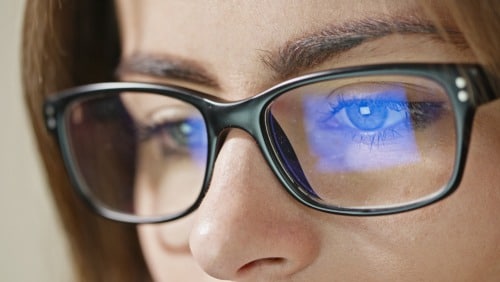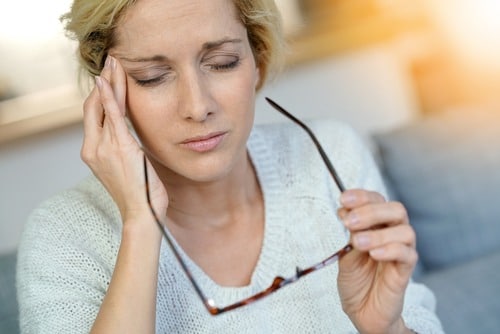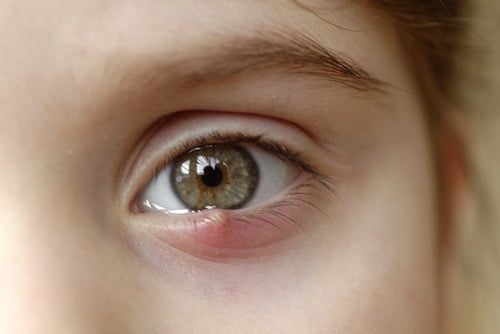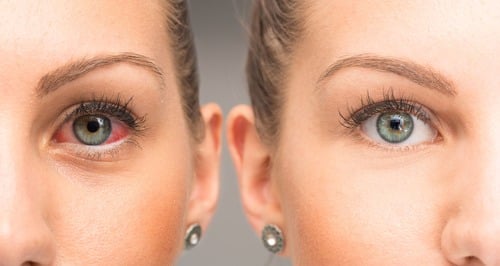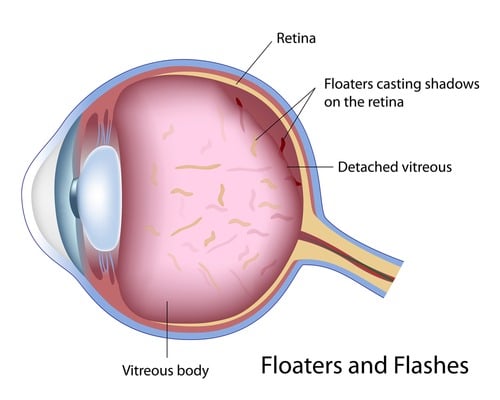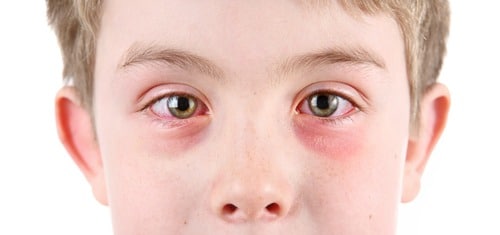How Looking at Screens All Day is Affecting Your Eyesight
Digital eye strain is hurting your eyes and making you less productive. Learn ways to reduce this problem, including computer eye strain glasses.
How Looking at Screens All Day is Affecting Your Eyesight
Technology and digital screens walk hand-in-hand. As technology advances and more innovative, streamlined processes are implemented, our daily lives become inundated with digital screens.
While a digital world makes things more efficient and more exciting, our eyes are paying the price.
We Perform the Majority of Daily Tasks by Looking at a Screen
To highlight just how often we rely on our digital devices for day-to-day tasks, the Vision Council reports that:75.6 percent of Americans use a computer to conduct research
- 56.6 percent of Americans use a smartphone as an alarm clock
- 54.2 percent of Americans use a computer to shop
- 53.7 percent of Americans use a smartphone to check the weather
- 48.7 percent of Americans use a computer to find a recipe1
This doesn’t take into account how often individuals watch TV or use their smartphones for social media, text messages, and to take photos.
Think about how often you look at screens on a given day. Aside from using your phone and computer, you may curl up to read a good book on an e-reader, certain stores have transitioned to digital check out stations, new car models have digital touch screens for music and navigation, managing your health can be largely done on an exercise tracking device, and telling the time now requires looking at a small digital screen thanks to smart watches.
With so much screen time, our eyes are growing exhausted, becoming uncomfortable and dry, and delivering blurred vision. Our eyes are stressed for the majority of the day and most of us are beginning to experience the very real consequences associated with digital eye strain.
What is Digital Eye Strain?
Digital eye strain, also known as computer vision syndrome, refers to a group of eye and vision-related problems caused by frequent and prolonged periods of staring at digital screens.
Digital eye strain symptoms can vary from person-to-person, and largely depend on an individual’s digital screen use and habits. The most common symptoms are:
- Dry eyes
- Irritated eyes
- Squinting
- Blurred vision
- Shoulder and neck stiffness
- Headaches
- Reduced attention span
- Poor behavior
- Irritability
- Frustration
- Much more
Digital eye strain develops because of the repetitive motion our eyes follow – typically a back and forth movement as you read – and the focusing efforts our eyes have to take to account for screen glare, blue light, contrast, and flicker.
Additionally, when viewing a screen (like working at a computer), then looking at papers on a desk, and then back to the screen, our eyes have an increasingly hard time re-adjusting so fast and so often.
With each movement, change in activity/object to view, and adjustment in lighting, your eyes have to react and send images to your brain for processing. Every movement takes a lot of effort from our eye muscles.
The longer your eyes are forced on screens with no support, digital eye strain gets worse. Furthermore, individuals who already live with eye issues are more likely to experience more intense digital eye strain issues.
Above all, it’s important to know that digital eye strain doesn’t just affect working professionals who sit at a computer all day. This eye issue affects 70% of Americans, including adults, teens and young children.
Digital Eye Strain Affects All Ages
Digital eye strain can develop after just two hours of digital screen use. According to a report compiled by The Vision Council, the following age groups say they regularly use digital devices for more than two hours per day:
- 87.7 percent of Americans aged 18 to 39
- 82.6 percent of Americans aged 40 to 59
- 76.3 percent of Americans aged 60 and up1
For children under age 18:
- 72 percent of Americans report their children spend more than two hours a day looking at a screen, such as a TV, iPad, smart phone, etc.
- 30.1 percent of Americans report their children experience one or more digital eye strain symptoms1
Without question, digital eye strain is a serious issue plaguing the majority of Americans. Luckily, this eye issue can be prevented and treated.
Ways You Can Protect Your Eyes in an Increasingly Digital World
1. Wear Computer Glasses
For maximum protection and comfort when staring at a computer or digital screen for long periods of time, consider customized computer eye strain glasses.
Regardless if you wear eyeglasses or contacts already, it’s a great idea to schedule a comprehensive eye exam by a licensed optometrist to discuss your options in computer glasses and anti-glare glasses for computer and digital screen use.
Computer eye strain glasses are effective at protecting your eyes from harmful blue light and the refresh rates of digital screens. To give your eyes the most amount of support, computer glass lenses should have an anti-reflective coating to eliminate reflections of light that can cause eye strain.
2. Make small adjustments
Your eyes will benefit when you:
- Increase the text size on all your devices so words are larger and easier to read
- Reduce overhead lighting to reduce or remove all screen glare
- Place your computer at arm’s length
- Follow the 20–20–20 rule: Take a 20-second break from the screen every 20 minutes and look at something 20 feet away
3. Block Blue Light
Blue light is what emits from almost all digital screens. Blue light has a very short wavelength, so it produces a higher amount of energy. It’s also associated with more eye strain.
Blue light is what gives screens their brightness, and most digital displays need a lot of it.
For most devices today, there is a way to block blue light. For example, on Apple products, there is a setting called Night Shift that dims and shifts a digital screen display to a warmer orange light at night. Lower color temperatures on screens make for better long-term viewing comfort.
Where to Find the Right Pair of Computer Glasses for You
It’s easy to find inexpensive computer eye strain glasses over-the-counter, but to reap the full benefits of computer glasses, an accurate and customized eyeglass prescription is needed.
Schedule a healthy eye exam for a quick and painless assessment. Your optometrist can help you return to a productive workday with more comfortable eyes.
Resource:
1 The Vision Council. Digital Eye Strain. Accessed August 3, 2018. https://www.thevisioncouncil.org/content/digital-eye-strain.

